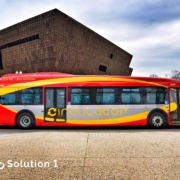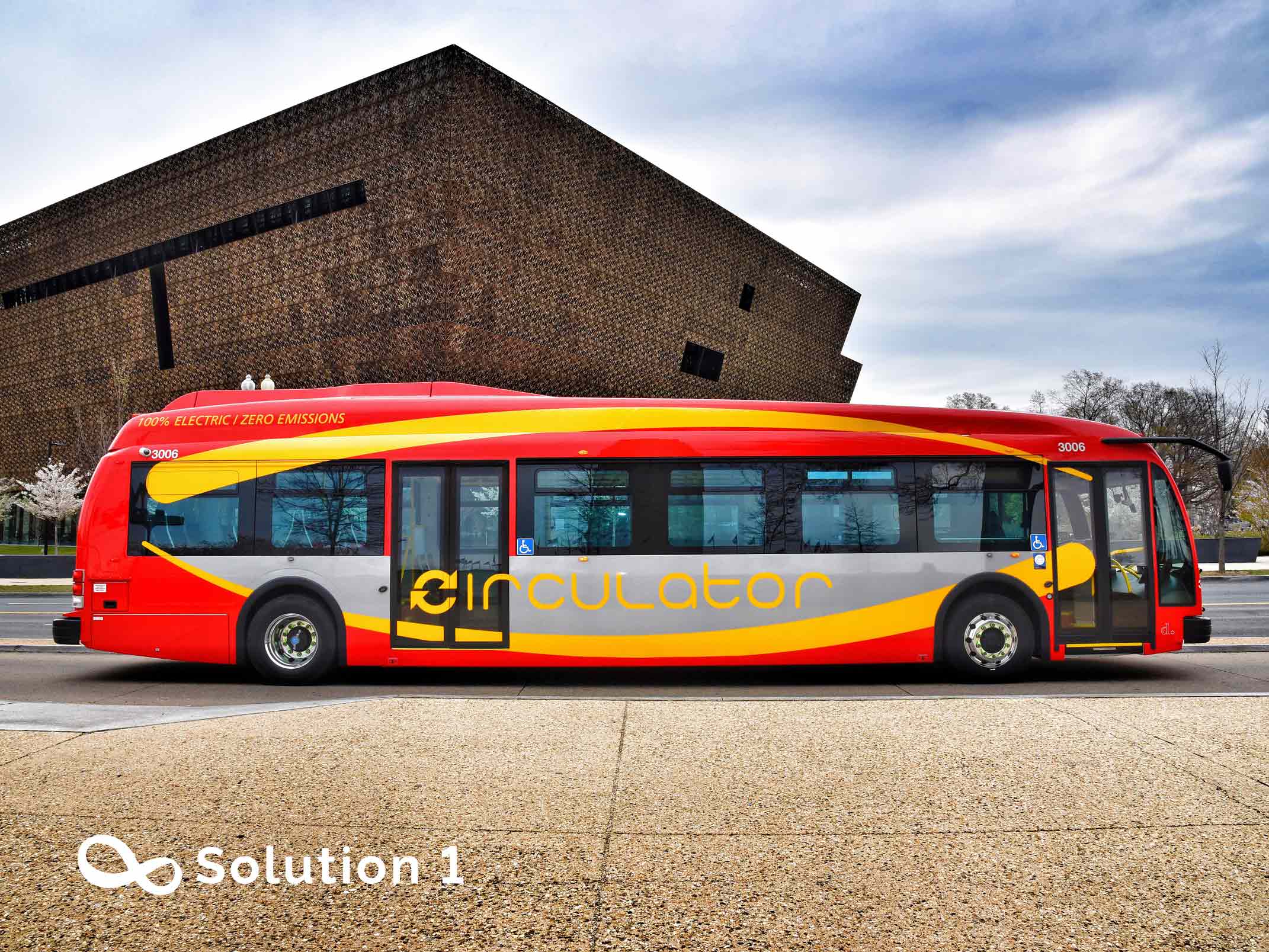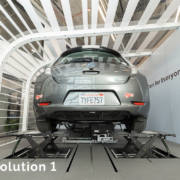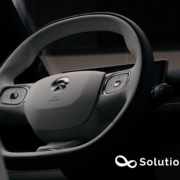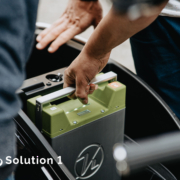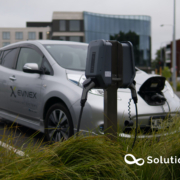Meeting battery-swapping demand: The science behind transporting supplementary batteries.
The object of the optimal dispatch of pure electric vehicle battery-swapping services is to minimize the total cost of one-time transportation dispatch under the premise of meeting the battery-swapping demand. The battery-swapping service requires each charging station to scientifically transport the supplementary batteries of the power station, which is a multi-objective optimization decision-making route process.
If a battery-swapping service is provided, the battery needs to be transported from the charging station to an exchange station that provides pure electric vehicle battery-swapping. From the charging station, the mileage of each transportation line and the number of replacement stations passed are different. For this reason, in order to meet the battery quantity demand of daily exchange stations and reduce transportation costs, it is necessary to optimize the battery-swapping transportation route. Several primary charging stations in a certain area are sent to several secondary exchange stations, which have the characteristics of transportation problems.
In the current model, the vehicle owner owns the battery. If Battery swapping stations were to become more popular, vehicle owners would have to buy an additional battery or rent one. It also seems interesting to be able to buy an electric car without owning the battery. This has several advantages. Since the vehicle owner would not own the battery, the electric car would be less expensive.
The owner could pay the cost of leasing the battery and charging and replacing the battery at the station. This could be charged each time the battery is replaced or could be, for example, a monthly fee. A form of long-term leasing could be expensive because the costs include a minimum of two sets of batteries and the service fee of the swapping station.
One of the most important and widely used means of public transportation is city buses. Due to their economic feasibility and their ability to serve almost all possible urban routes with little maintenance, they are very popular. The characteristic features of buses are as follows: they drive predetermined routes with a specific schedule, they run almost exclusively during the hours of transport services, and they stop for a short break between routes, which means that after the end of one route, the bus is immediately prepared for the next route with a minimal stopping time. This is to maximize the utilization of the bus fleet without keeping them at the depots for long periods of time.
These features can be interpreted in two ways and can be arguments for, but also against, the electrification of public transport. A serious issue that needs special attention is the fastest possible recharging of the bus batteries. A battery swapping may then be necessary to avoid schedule delays and to ensure the buses’ highest possible usability.
The advantages of this solution are speed which allows the consumer to continue driving without major delays, shortening the waiting time for the bus battery to be charged, as well as extending the life of the battery, bidirectionality of energy flow, and the ability to provide ancillary services. Batteries can mitigate issues related to the variability and uncertainty of renewable energy production.
Using a battery-swapping technology can be cost-effective for bus owners, and battery-swapping station owners, due to the mutually beneficial cost reductions resulting from charging the batteries during low load periods and the ability to return excess energy to the grid.

